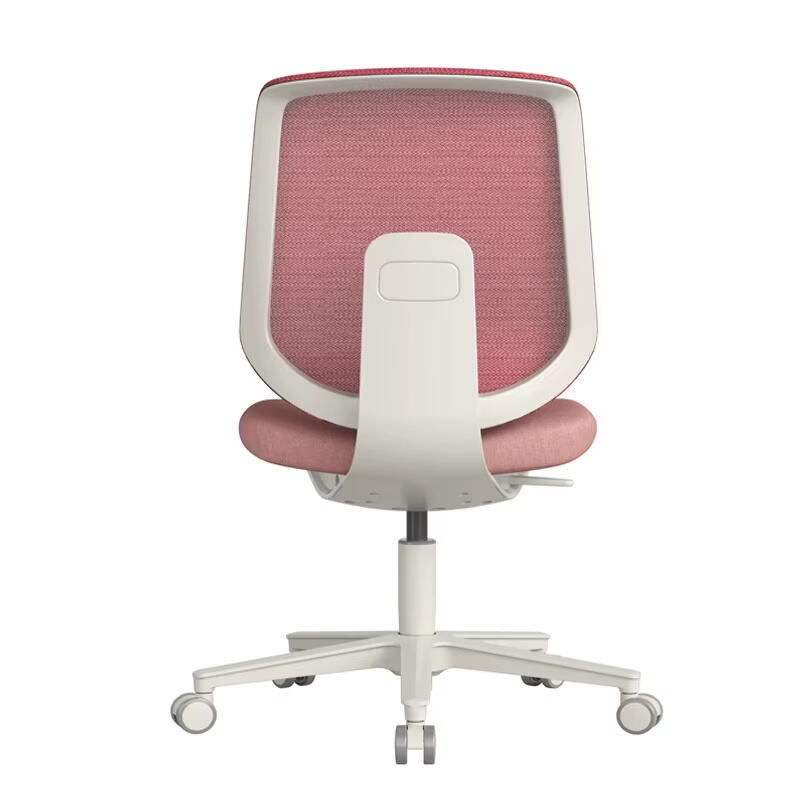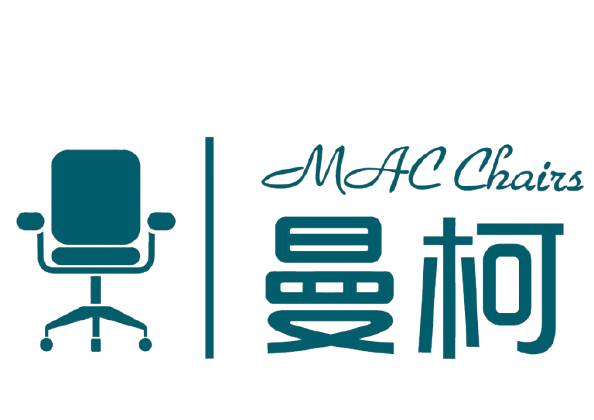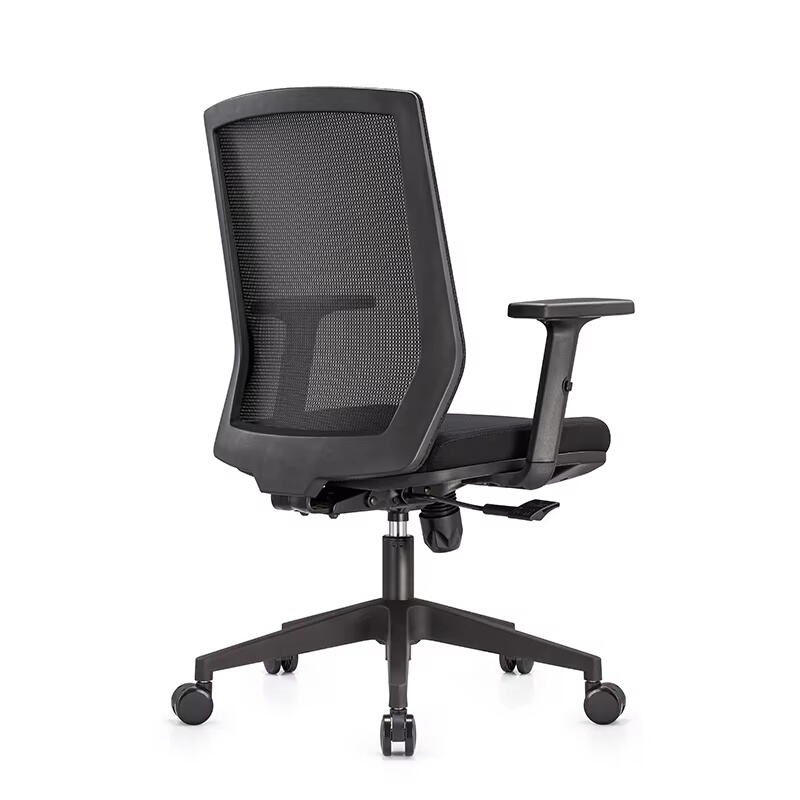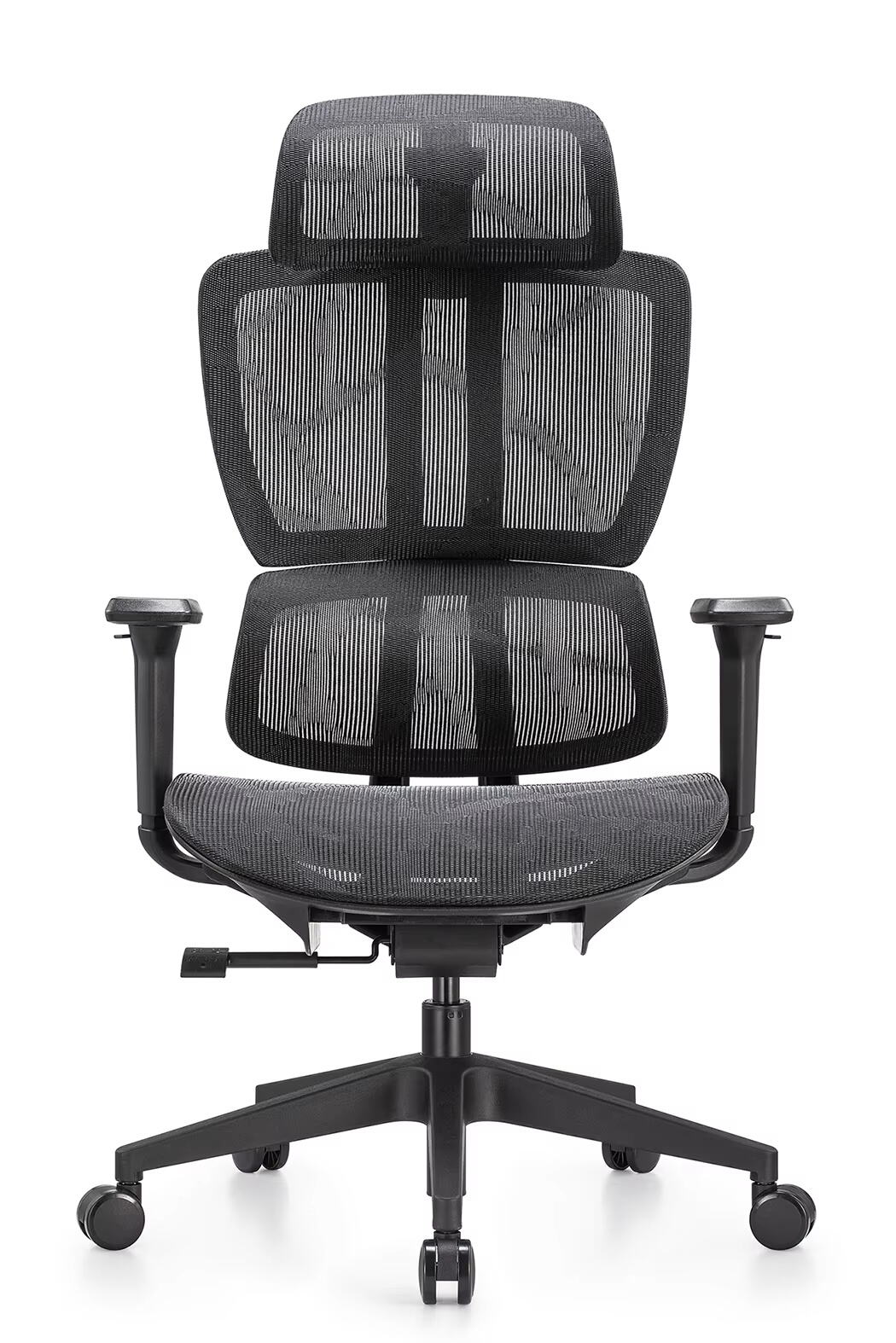
Enhancing Workplace Dynamics Through Effective Seating
In the modern professional world, where most tasks are completed in seated positions, the type and quality of chairs for office settings play a crucial role in shaping overall work efficiency. The physical environment of an office can either support or hinder employee performance, and seating is one of the most influential elements. Choosing the right chairs for office use can make a measurable difference in how employees perform their duties throughout the day. Comfort, functionality, and ergonomics all contribute to a better working environment and enhanced productivity.
Physical Support and Ergonomic Design
Proper Spinal Support
One of the key features of well-designed chairs for office environments is their ability to promote proper spinal alignment. Chairs that offer lumbar support, adjustable height, and tilt functions ensure that the spine maintains its natural curve while seated. This alignment helps in reducing fatigue, muscle strain, and chronic discomfort. Employees who experience fewer physical issues are more likely to stay engaged and productive throughout the day.
Customizable Adjustments
Chairs for office work come with various adjustable features, allowing users to personalize their seating based on their body dimensions and preferences. From armrests to seat depth, adjustability ensures that everyone can find a configuration that suits them. These options not only improve comfort but also prevent long-term health problems that could lead to absenteeism or reduced work output.
Boosting Focus and Attention Span
Reduced Distractions from Discomfort
When chairs for office tasks lack ergonomic support, employees often become distracted by aches and pains. This leads to frequent adjustments, breaks, or even reduced concentration on tasks. On the other hand, high-quality chairs that cater to comfort and posture minimize these distractions, helping employees maintain better focus and attention on their responsibilities.
Encouraging Active Sitting
Some chairs for office environments are designed to promote movement, such as rocking mechanisms or dynamic lumbar supports. These features encourage subtle physical activity that keeps the body engaged without causing fatigue. Active sitting improves circulation and prevents stiffness, both of which contribute to sustained mental alertness and cognitive performance.
Long-Term Health and Productivity
Preventing Work-Related Injuries
Prolonged sitting in poorly designed chairs for office use can lead to musculoskeletal disorders, including lower back pain, neck stiffness, and shoulder tension. Investing in ergonomic chairs can help prevent these issues from developing. Reducing health complaints not only boosts morale but also keeps employees working consistently without the need for extended breaks or medical leave.
Promoting Daily Wellness
Beyond injury prevention, well-constructed chairs for office use contribute to overall physical wellness. The support and comfort they provide encourage proper posture habits, which become second nature over time. Daily wellness has a compounding effect, improving both short-term performance and long-term workplace satisfaction.
Workplace Culture and Morale
Supporting Employee Satisfaction
The provision of ergonomic chairs for office spaces demonstrates that a company values its employees’ well-being. This perception can significantly influence job satisfaction and loyalty. When workers feel that their needs are being met, they are more likely to be engaged and motivated in their roles.
Creating a Professional Atmosphere
A well-furnished office with uniform, high-quality chairs creates a cohesive and professional environment. The aesthetic and functional appeal of such spaces enhances company image and contributes to a sense of pride among employees. These seemingly small details play a part in forming a positive work culture that nurtures collaboration and efficiency.
Economic Considerations
Long-Term Investment
While premium chairs for office use may come with a higher initial price, their durability and health benefits often translate into long-term savings. Businesses experience fewer chair replacements, reduced sick days, and greater overall productivity. These outcomes make ergonomic seating a financially sound investment.
Reduced Turnover Costs
Employee retention is a major concern for many organizations. Investing in comfortable chairs for office setups can play a part in retaining top talent. When workers are physically comfortable and feel supported by their work environment, they are less likely to seek employment elsewhere, reducing recruitment and training costs.
Adaptability in Different Office Layouts
Suitable for Traditional and Modern Setups
Chairs for office settings today are designed to fit a variety of workspaces, whether they are open-plan, private cubicles, or collaborative zones. This adaptability ensures that every employee has access to the same level of ergonomic support, regardless of their workstation configuration.
Integration with Technological Tools
Modern chairs for office use often pair well with standing desks, monitor arms, and other tech accessories. Their adjustability and flexible designs support the integration of new work tools, enhancing the overall effectiveness of the workspace and supporting evolving work habits.
Remote and Hybrid Work Applications
Bringing Office Comfort Home
As remote and hybrid work models continue to grow, the importance of quality chairs for office-style home setups has increased. Employees working from home benefit from the same ergonomic support found in corporate settings, reducing the risk of discomfort and poor posture during long virtual workdays.
Encouraging Productivity in Non-Traditional Settings
Even outside traditional office environments, the right chairs can help maintain work standards. Whether it's a home office or a co-working space, consistent use of well-designed chairs for office work ensures that productivity and comfort are not compromised.

Aesthetic and Branding Alignment
Consistent Visual Identity
Chairs for office environments can also reflect a company’s brand identity. Sleek, modern chairs in company colors can reinforce visual branding while maintaining functionality. This alignment adds a layer of professionalism and can leave a lasting impression on clients and visitors.
Matching Interior Design
Well-designed chairs for office use contribute to cohesive interior aesthetics. Whether the office theme is minimalist, tech-forward, or classic corporate, ergonomic chairs come in styles that blend seamlessly with various design preferences, enhancing both look and feel.
FAQs
How do chairs for office use improve employee productivity?
By providing ergonomic support, reducing physical discomfort, and enabling better focus, chairs for office settings significantly enhance productivity levels.
What features are essential in chairs for office environments?
Adjustable height, lumbar support, armrests, breathable material, and proper cushioning are crucial for ergonomic performance and daily comfort.
Are chairs for office settings a good long-term investment?
Yes, high-quality chairs reduce the risk of workplace injuries, lower absenteeism, and require fewer replacements, offering cost savings over time.
Can chairs for office setups be used effectively at home?
Absolutely. Many chairs designed for office environments are equally effective in home offices, supporting remote workers with comfort and functionality.











